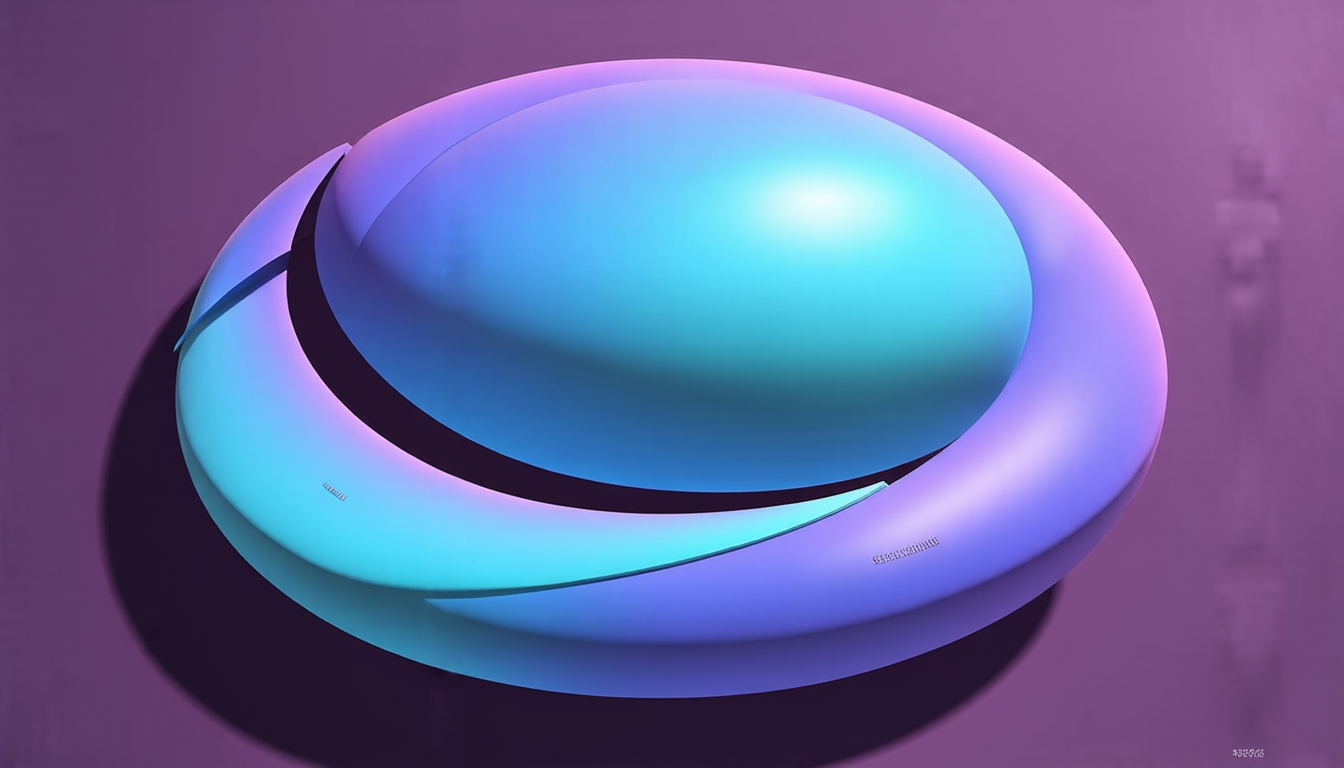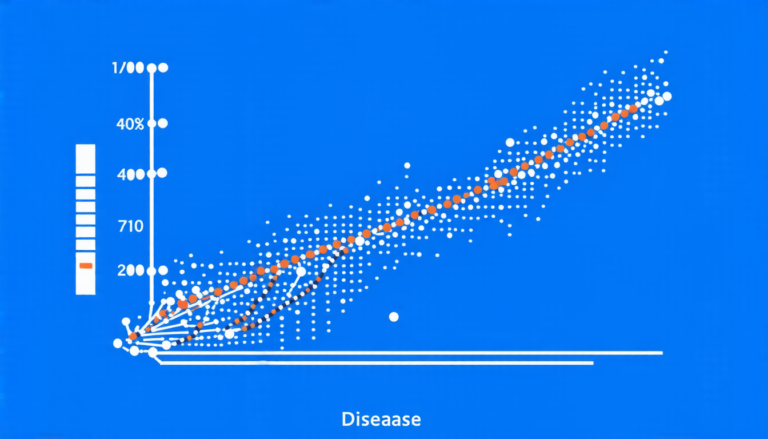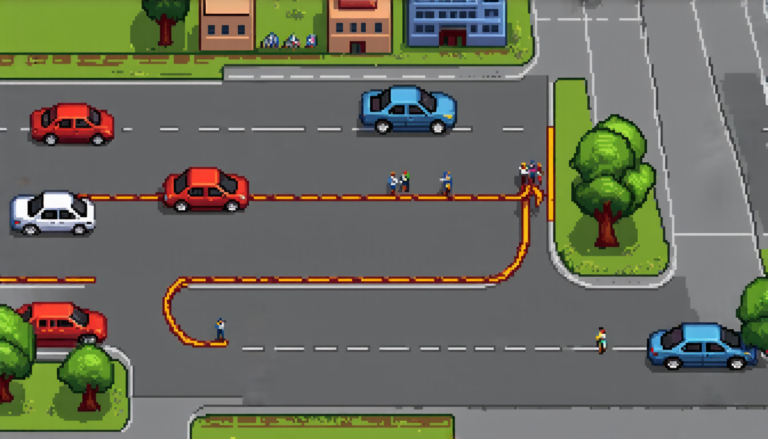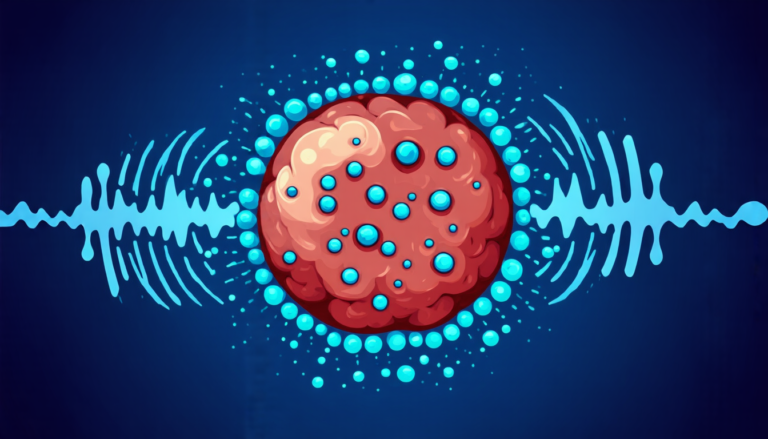Wednesday 09 April 2025
The intricacies of algebraic geometry have long fascinated mathematicians, but a recent breakthrough has shed new light on the intricate dance between toruses and quadrics. These seemingly abstract concepts may seem distant from our everyday lives, but their applications in fields like computer-aided design and animation have far-reaching implications.
A torus is essentially a doughnut-shaped surface, while a quadric is a geometric object defined by a polynomial equation. When these two shapes intersect, the resulting curve can be incredibly complex, with multiple branches and singularities. Understanding this intersection curve is crucial for many real-world applications, from designing aircraft wings to creating realistic animations.
Traditionally, mathematicians have relied on numerical methods to approximate the intersection curve, but these approaches often fall short when dealing with high-degree polynomials or complex geometries. A new approach, developed by a team of researchers, uses algebraic techniques to extract information about the intersection curve’s topology and singularities.
The key innovation lies in the use of resultant theory, a branch of algebra that deals with the relationship between polynomial equations. By applying this theory to the problem of torus-quadric intersection, the researchers were able to derive exact formulas for the curve’s topological properties. This means that, for the first time, mathematicians can compute the topology of these curves exactly, without relying on approximations.
The implications are vast. With the ability to precisely compute the intersection curve, designers and animators can create more realistic and efficient models. For instance, in computer-aided design, accurate calculations can help engineers optimize the shape of aircraft wings or car bodies for improved aerodynamics. In animation, the precise control over curve topology allows artists to create more convincing character movements and interactions.
The research also opens up new avenues for studying complex geometric shapes. By understanding the intricate relationships between toruses, quadrics, and their intersection curves, mathematicians can gain insights into broader areas of geometry and algebra. This, in turn, may lead to breakthroughs in fields like computer vision, robotics, and materials science.
While the mathematics behind this research may seem esoteric, its applications are very much rooted in our physical world. As we continue to push the boundaries of what is possible with computational power and geometric modeling, this work serves as a reminder of the beauty and utility of abstract mathematical concepts.
Cite this article: “Unlocking the Secrets of Quadric Intersections: Advances in Computational Geometry”, The Science Archive, 2025.
Algebraic Geometry, Torus, Quadric, Resultant Theory, Polynomial Equations, Computer-Aided Design, Animation, Aerodynamics, Robotics, Materials Science







